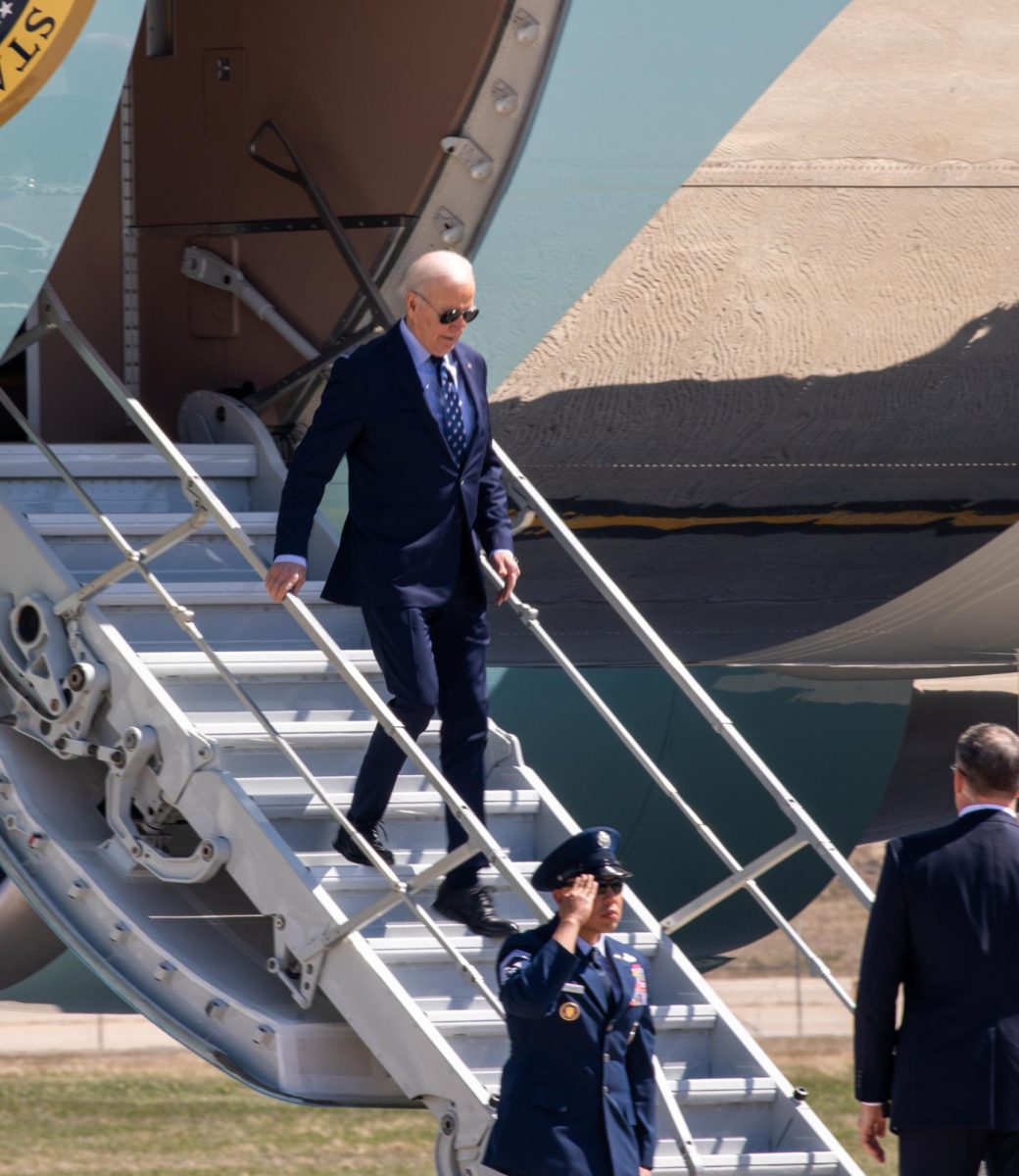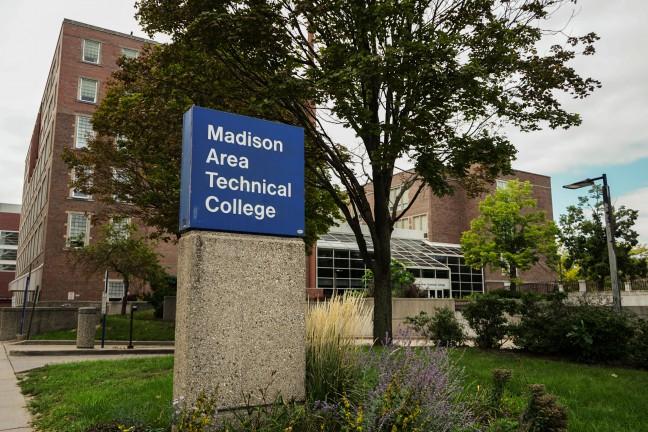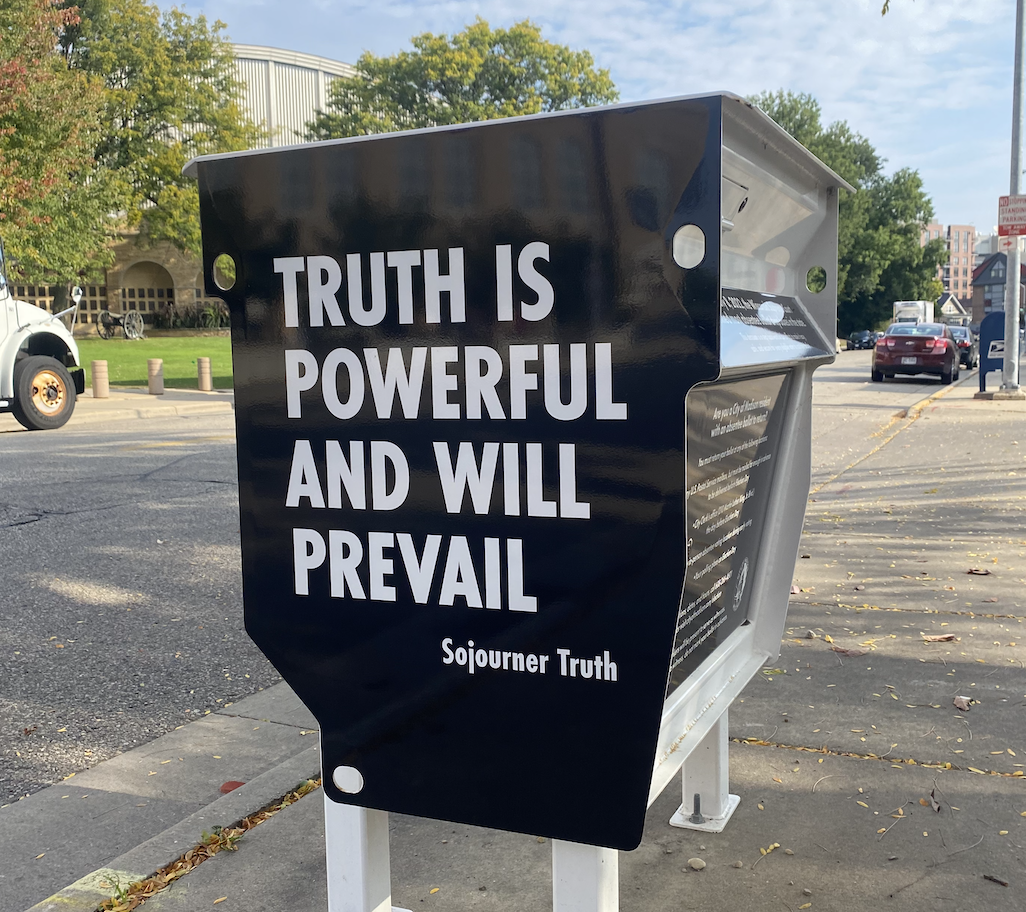The ore deposit south of Crandon, Wis., was discovered in 1975 by Exxon. Since the find was announced, there has been opposition to the developing of this mine site.
Why are citizens so up in arms about this project? Water. There is the speculation that if approved, the Crandon Mine project will someday pollute the Wolf River and the ground water that flows through the Crandon Mine area.
There are many people who really don’t know enough about this project to say they are for or against it. So how can we ever decide whether the project is good or bad for Wisconsin?
The debate on this project should not be focusing on jobs or the economic impact of what the project will do for the Crandon area. The focus should be on the morning after. Will the Crandon Mine operation, in the long run, be good for our state?
In the late-l990s, the plan was to let the mined-out area of the project re-fill with ground water after all the ore had been extracted. This was the plan proposed by the mining company in their brochure titled “The Crandon Project.” Even though opponents said letting the mine shaft re-fill will cause pollution, the Wisconsin DNR (WDNR) did not oppose this plan.
In 2000, the WDNR announced that letting the mine shaft re-fill after the mining was completed would cause groundwater pollution. Therefore, the mining company said that they would pump and treat the water from the mine shaft perpetually. (This is the morning after part).
Not only would the mining company treat the water while the mine was operating; now they will have to treat the water forever after the mine is closed. The equipment used for cleaning this water is listed as a Reverse Double Osmosis unit. It will not be cheap to run this water treatment operation forever.
A person does not have to be a college business graduate to understand what a dead horse is. That’s what the Crandon Mine will be after it is all mined out and the perpetual pumping begins — a dead horse. You don’t make any money on a dead horse.
Along with the prospect of keeping the mine shaft dry, we are now faced with another reality. In the late l990s, the mining company and the WDNR said that after the mining was complete, the water levels would all return to normal. The wetlands that were affected by the water that was removed for the mine would be set aside for regeneration, however, in order to keep the mine shaft dry, the resulting cone of depression will never change. If a nearby lake experienced a two-foot drop in water level at the start of the Crandon mine project, that’s what we would have to live with for as long as men, women and children walk the face of this earth.
If the Crandon mine ever becomes a reality, yes, there will be some positive economic effects. Some people may have employment for as many as 15 years. Businesses could be helped in the Crandon area for possibly two decades.
Then the morning after comes. After the mine is reclaimed, the pumping will continue. The wetlands that were dried up will never be wetlands again. Around 22 million tons of mine tailings will be stored above ground with a plastic liner under and over it, which will have to be maintained indefinitely by whichever mine company chooses to mine the Crandon deposit.
This is the dead horse that no business wants. No money coming in. Expenses going up every year. Let’s not be naíve — there are ways out of this for the mining company. They sell the maintenance of this site to a company for, say, $200 million. Company lawyers make the sale bullet-proof. Then the company goes out of business. Even if a court case ensues, this could go on for decades, like the $5 billion fine Exxon was supposed to pay over the Alaska oil spill.
And guess who’s going to pay for all the maintenance of the Crandon mine site? That’s right, you and me.
When a mining company admits that the water from the mine shaft must be pumped perpetually to avoid groundwater pollution, we have a superfund site. Our WDNR, at this point, should stop this project. The morning after is all the proof you need.
John J. Mutter, Jr. ([email protected]) is author of “To Slay A Giant: The Fight to
Protect the Wolf River From the Proposed Crandon Copper Mine” He is a resident of Shawano, Wis.







